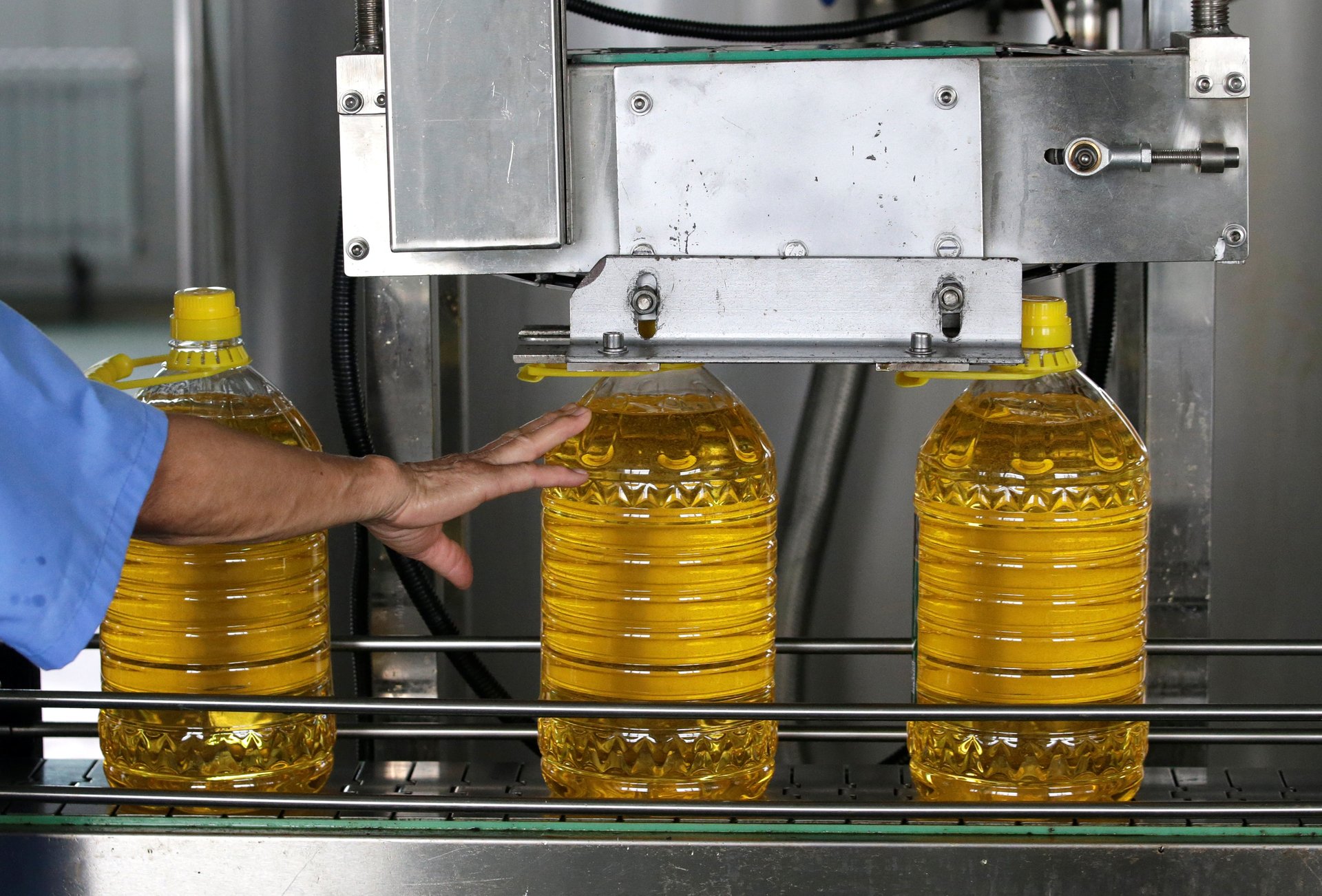China’s other oil security problem
We know about China’s energy security vulnerability in its dependence on Russia and the Middle East for oil.


We know about China’s energy security vulnerability in its dependence on Russia and the Middle East for oil.
But China has another oil security problem. Specifically, cooking oil.
“China is highly dependent on foreign edible oils…domestic edible oil prices have continued to rise, and ‘oil bottle’ security has become a hot issue,” the state-run Economic Daily noted today (link in Chinese).
Across all edible oils, China relies on foreign sources for 31% of its consumption. While that may not seem that high, policymakers have made clear that the country must boost self-sufficiency in cooking oils as a matter of food security.
“A bottle of oil should contain as much Chinese oil as possible,” the Chinese agriculture minister said in February. It’s a direct echo of leader Xi Jinping’s recent exhortation that Chinese rice bowls must be filled with Chinese grain.
Being the world’s largest consumer of edible oils—China makes up 20% of global consumption of major vegetable oils, but only 13% of their production, according to US Department of Agriculture figures—the country is highly exposed to international fluctuations in prices and supplies.
Why cooking oil prices are up
Right now, a series of factors are pushing up prices and crimping supplies. Huang Hanquan, director of the pricing department at China’s state economic planning agency, rattled off a list in an interview with Economic Daily: the covid pandemic, Russia-Ukraine war, a drought in South America and Canada, export curbs on Indonesian palm oil, and sky-high shipping costs.
Prices of sunflower oil have shot up 73% to $2,844 per metric ton as of March compared to the average price of $1,639 for the 12 months ended September 2021, according to the US Department of Agriculture. Prices for soybean oil—China’s most-consumed cooking oil—is up 34% versus the 2020/21 average.
Though food prices fell in March compared to a year earlier according to data out today, food inflation is expected to rise in coming months. Factory prices rose 8.3% for the month, more than expected.
Meanwhile, China also wants to reduce its external dependence for soybeans. It currently imports 84% of the soybeans it consumes, but wants to raise its self-sufficiency rate for the oilseed to 20% by 2025. To ramp up domestic production, officials will offer subsidies for land rotation and dole out incentives to counties that produce lots of of cooking oils.